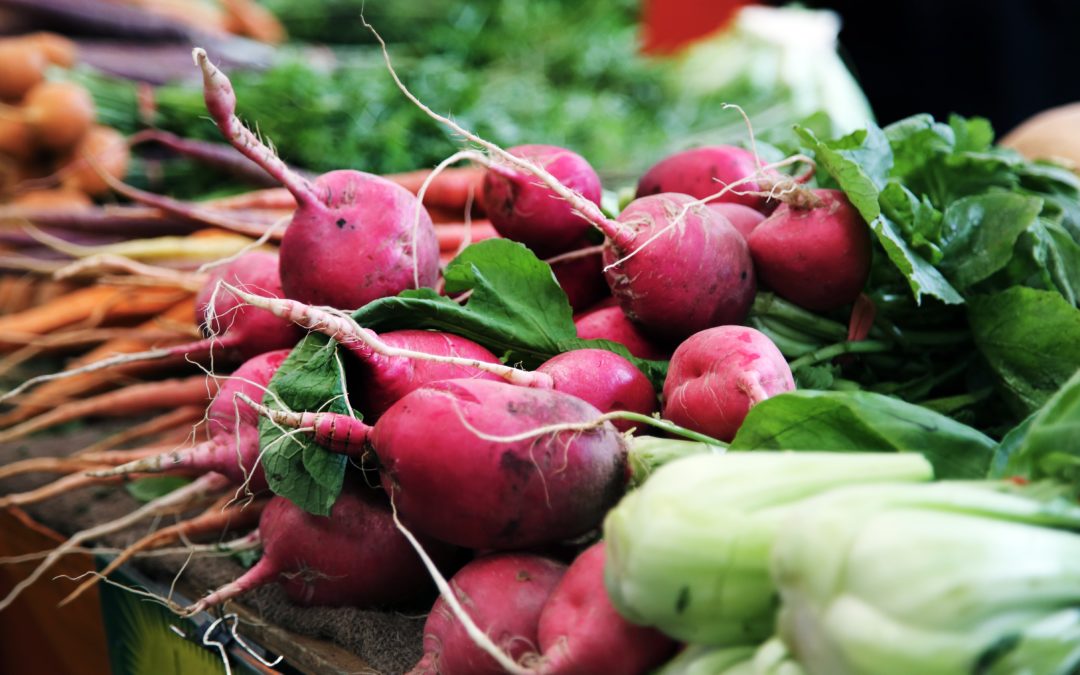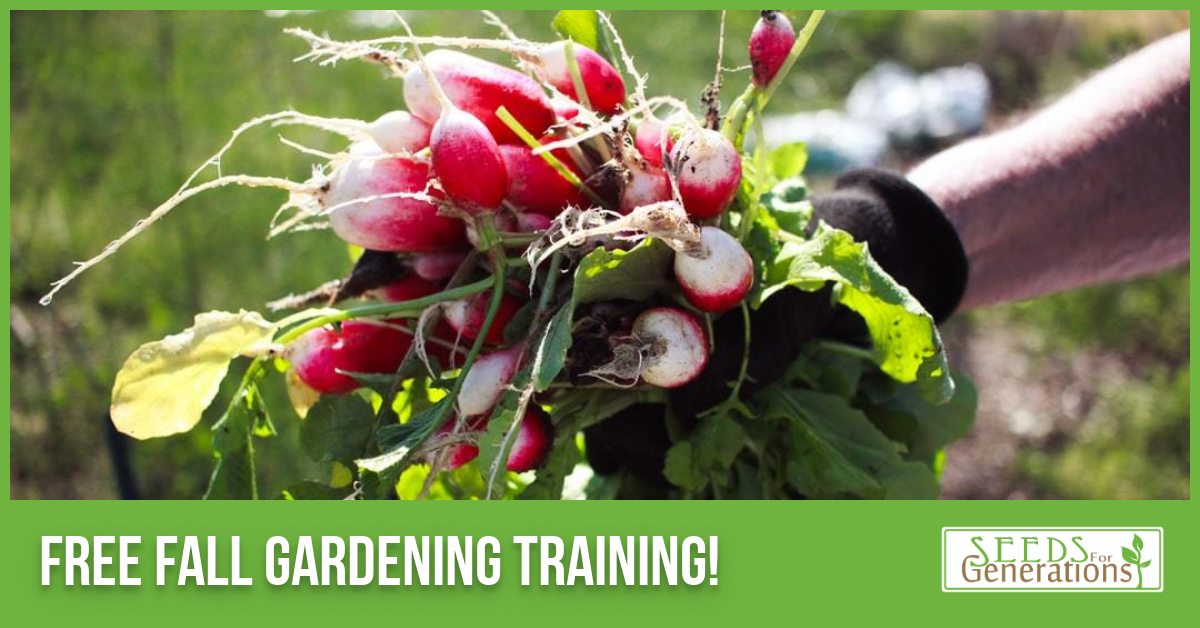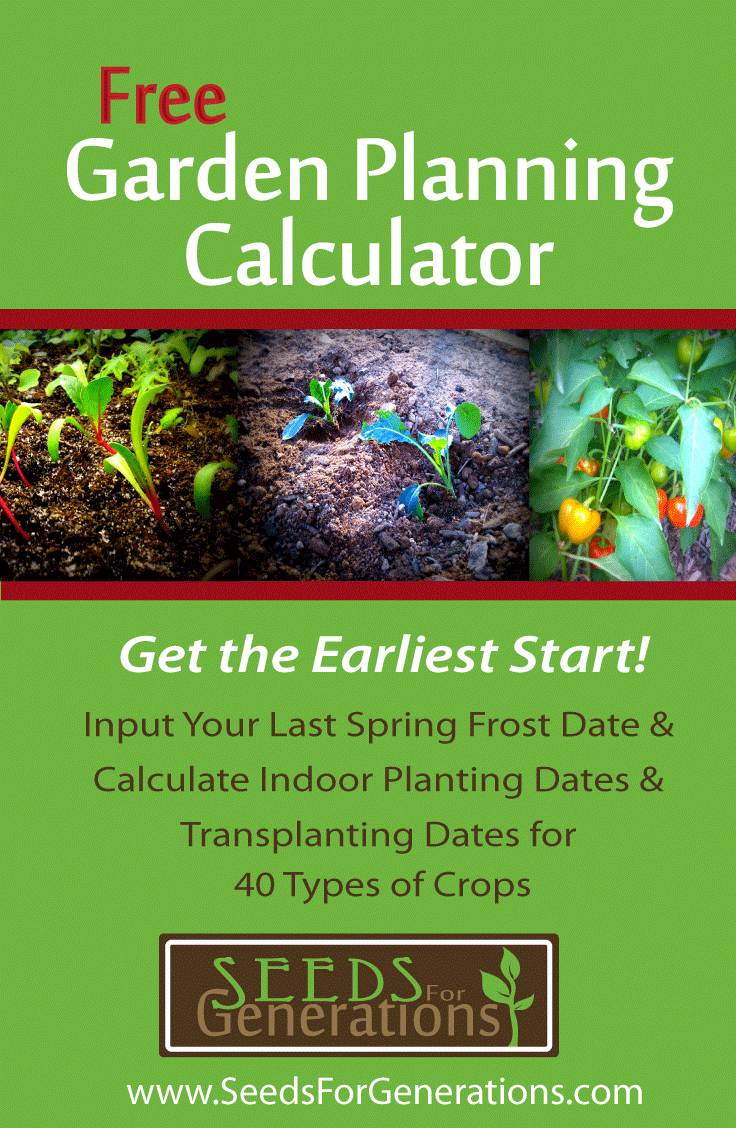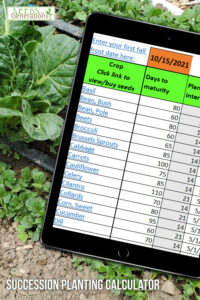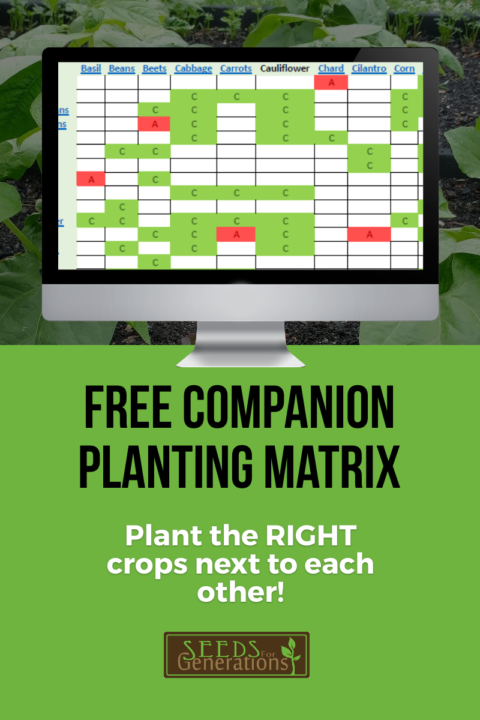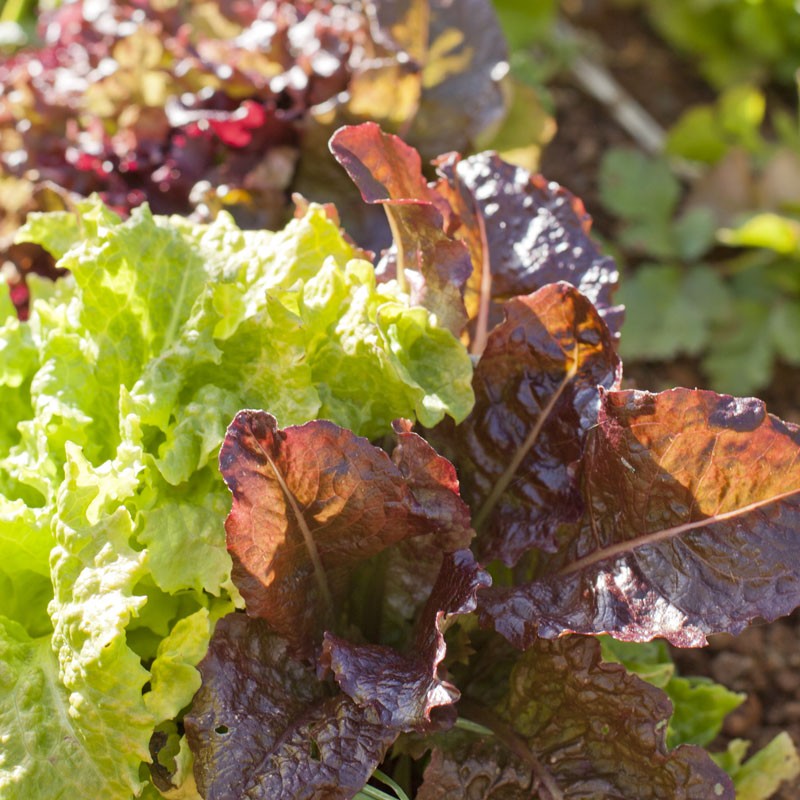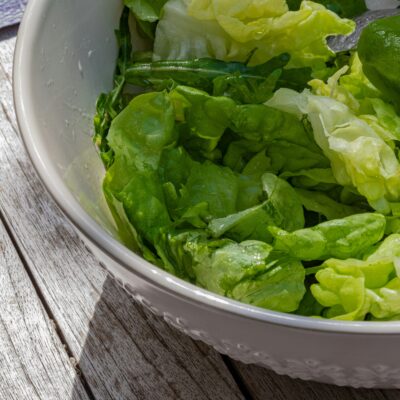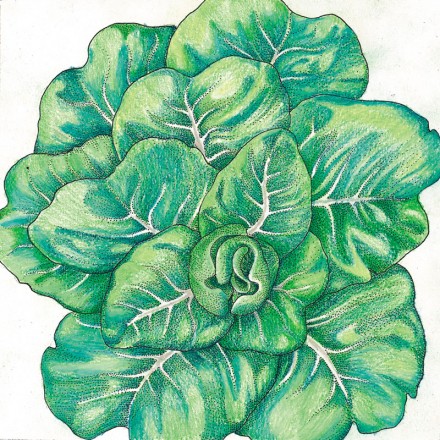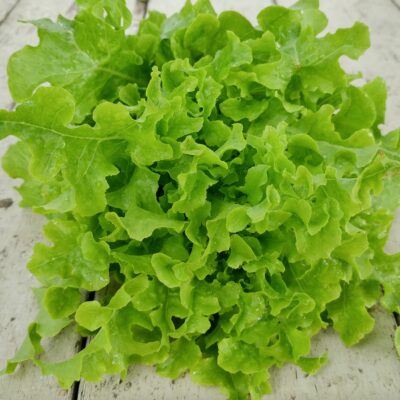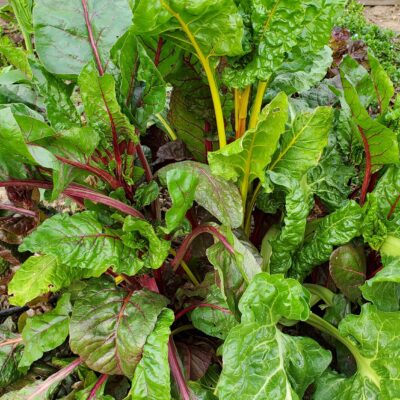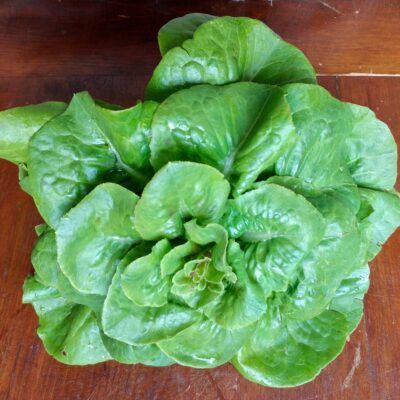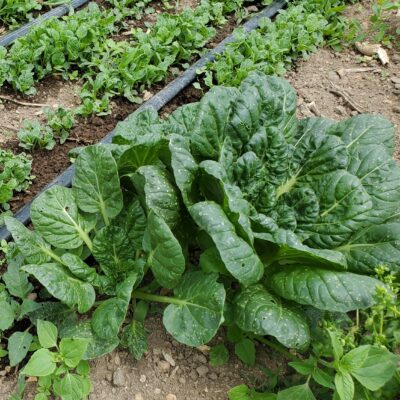Disclosure: The links in this post may be affiliate links. If you purchase any products after clicking on these links, at no additional cost to you, Seeds for Generations may receive a small commission for making you aware of these important resources.
You’re standing there in your garden, shivering and looking over the once-lush bed of tomato plants. Now all you see are scraggly fingers of tomato vines, dull-colored fruit peeking out between the branches. You sigh, “I’ll miss that fresh produce, now that the growing season is over.”
Or is it?
By the look of those tomato plants, you might be tempted to think that your chance for fresh produce is over. But that just isn’t true! Fall gardens can be just a productive as spring/summer gardens, if you plan one before the cooler weather hits.

Why Fall Gardening?
Fall gardening extends your growing season, even if you live in a climate with short growing seasons (and most gardeners do). A fall garden gives you one last chance to enjoy fresh-picked produce and preserve more food for the winter.
Here’s what you need to get started with YOUR fall garden.

Soil
Like another other garden, a fall garden needs soil. Ideally, you should your fall garden soil should contain a lot of organic matter and the proper pH balance. Sandy loam provides the ideal growing conditions.
If your soil is subpar, however, add organic matter as you plant your fall crops. Autumn is the perfect time to start building soil for the upcoming gardening seasons. Do furrowing next to fall plantings to generate heat and build soil at the same time, for example.
It doesn’t matter what you grow–your growing space should ALWAYS be in use, even in winter. Woodchip or leaf mulch insulates plants. In addition, planting a cover crop is also helpful. If you plant the right clover and allow it to grow through the mulch, you get the best of both methods!

Location
When you’re planting a fall garden, sunlight and wind are your primary determinants. Later in the year, the angle of the sun changes, so you may find that the sun casts a different shade pattern on your growing area. Plants need sunshine for heat, especially in cold weather.
Also, consider elevation and how elevation will affect temperature. Wind can drop temperatures significantly, so consider using windbreakers like trees, fence lines, and other hardy plants to protect more sensitive vegetation.
Layout also affects location. A north-facing property, for example, is exposed to less sun and more incoming winter weather. As a result, it cools off earlier in the year and heats up later. Thankfully, even if your land isn’t ideally situated, you can still design your homestead and property landscape efficiently. Let’s say you build a pretty brick wall or make a temporary straw bale wall to block wind and store heat.

Space Available
Once you have a location, consider what space you actually have available for growing. You may find that a summer garden plot won’t work, because the pattern of sun exposure changed with the season. In addition, actual space available may inform whether you use row or square foot gardening methods.
Also, consider your ability to irrigate. If you’re growing past frost, you will need to secure hoses, pipes, and other watering systems against cold damage. Think about how much water you’ll need, how far it must travel to get to your growing space, and how you will get the water where it needs to go…without freezing! If you don’t get enough rain, this may mean watering manually when the weather is warm enough for water to flow.
Like any garden, your total available space is the sum of all plots’ area. Plot = L x W of plot minus the total square feet of internal paths. You can grow in smaller spaces in cooler temps, because cool weather crops are usually more compact than hot weather crops that can vine out or get large and bushy.

Conclusion
Don’t wait until you’re staring at those dead tomato plants. If you want to grow a fall garden, you need to get started NOW! Consider your soil, location, and available space, and you’re on your way to a successful fall garden plan.
Soon we’ll be talking about other considerations fall gardening requires. Until then, why don’t you check out these cool-weather crops here?
Read the Rest of this Fall Gardening Series:


